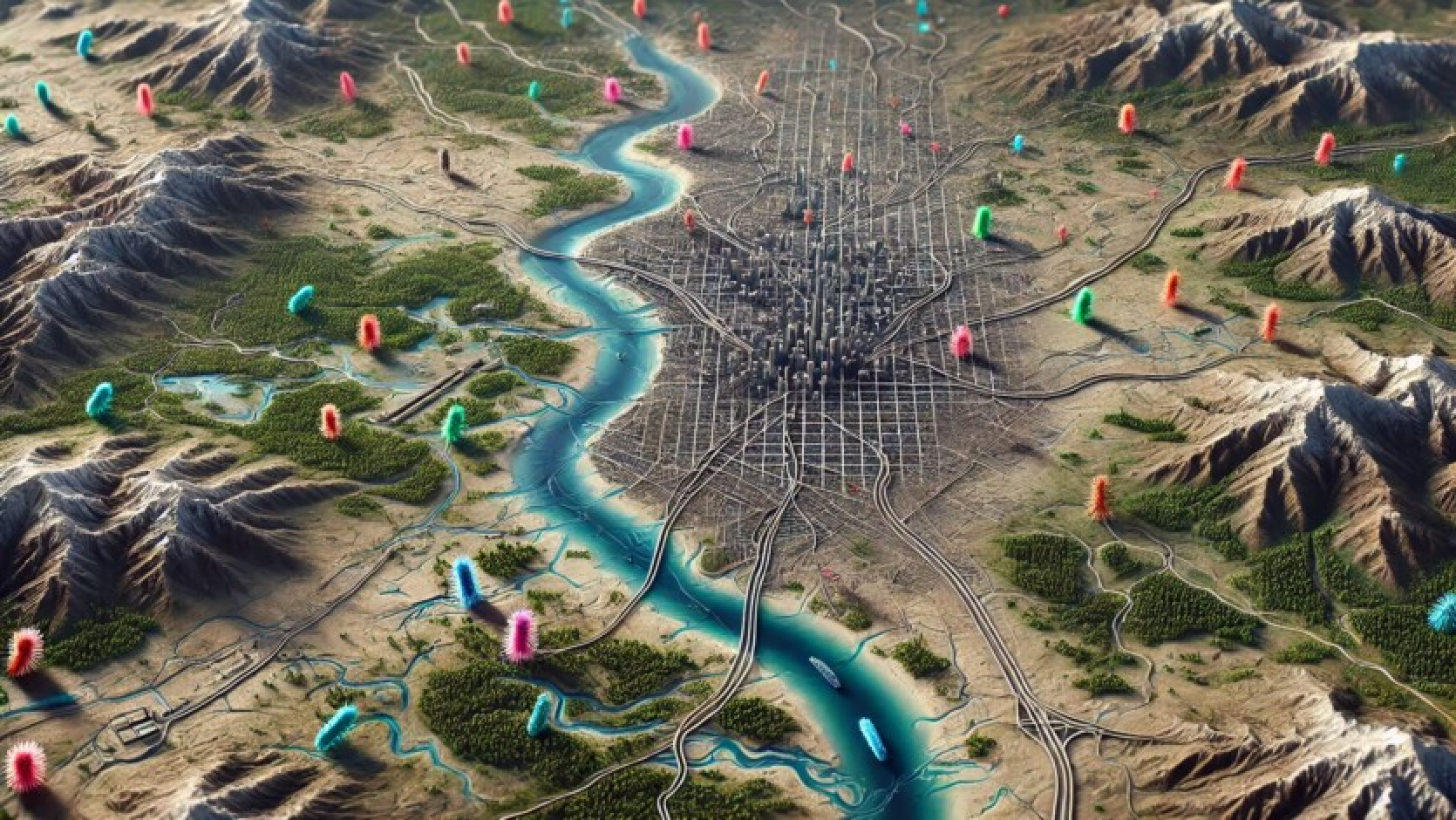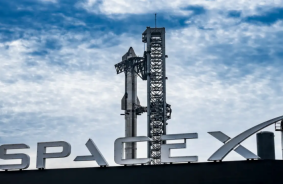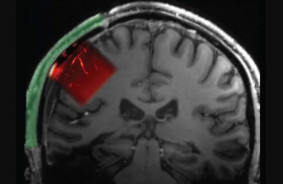Researchers have developed an AI tool capable of determining an individual's location based on bacterial samples from their body.
To grasp how this new technology operates, it's useful to recall how forensic experts utilize hair, fibers, gunshot residue, or soil to link a person to a specific location. Similarly, this new tool from researchers at Lund University in Sweden functions.
“The human microbiome is constantly changing due to interactions with different environments. Tracking microorganisms helps us understand disease spread and identify potential sources of infections,” explains Eran Elhaik, a research biologist at Lund University and the lead author of the study.
Microbial communities possess unique geographical characteristics. Some bacteria are widespread globally, while others thrive only in certain regions or environments. The scientists focused on bacteria that leave distinctive "fingerprints" that can pinpoint specific locations.
To train the AI, a large database was used: 4,135 samples from MetaSUB MetaSUB (The Metagenomics and Metadesign of Subways and Urban Biomes) is an international database that contains microbial genomes collected from subways and urban environments., sampled from subway systems and various locations across 53 cities, 237 soil samples from 18 countries, and 131 marine samples from nine bodies of water. The AI was trained to recognize unique proportions of these "fingerprints" and associate them with geographic coordinates. The system developed is called Microbiome Geographic Population Structure, or mGPS for short.
MetaSUB (The Metagenomics and Metadesign of Subways and Urban Biomes) is an international database that contains microbial genomes collected from subways and urban environments., sampled from subway systems and various locations across 53 cities, 237 soil samples from 18 countries, and 131 marine samples from nine bodies of water. The AI was trained to recognize unique proportions of these "fingerprints" and associate them with geographic coordinates. The system developed is called Microbiome Geographic Population Structure, or mGPS for short.
The system’s accuracy relies on the number of samples in the database. In well-represented cities, mGPS correctly identified the appropriate location 92% of the time. For cities with fewer samples (less than 100), the accuracy dropped to 87%.
To verify accuracy over short distances, the researchers tested the system in three of the most studied cities. In Hong Kong, mGPS distinguished between subway stations located 172 meters apart. In New York, the technology was able to differentiate between a kiosk and a handrail placed less than a meter apart. In London, the accuracy was lower, with only half of the samples correctly linked to geographic clusters. Researchers attribute this discrepancy to differences in cleanliness of the subway stations: samples were collected before the COVID-19 pandemic when Hong Kong stations were “immaculately clean,” while London’s stations were significantly less well-maintained.
“We are just beginning to understand the relationship between microorganisms and their environments,” says Elhaik. The next step for the researchers is to create microbiome maps of entire cities, which could aid in forensic investigations and the study of organisms living on streets, in gardens, and on the human body.
The study was published in the journal Genome Biology and Evolution.
Source: New Atlas














Comments (0)
There are no comments for now